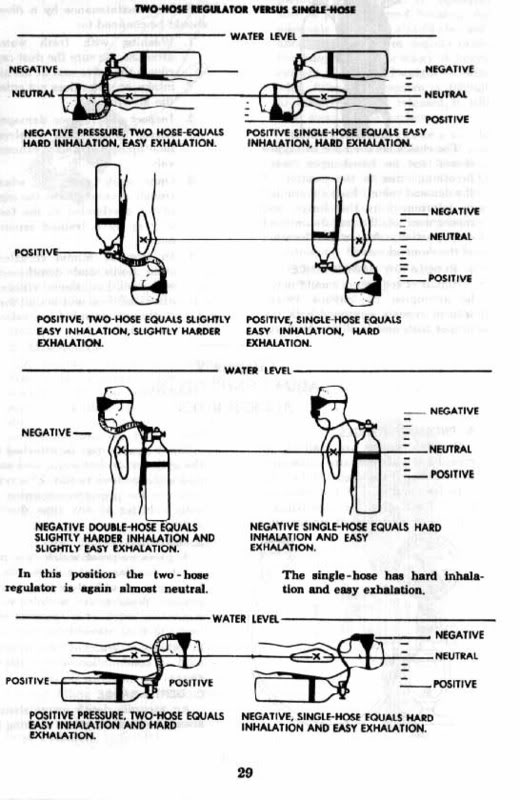Dr. Richard Pyle's team does light exercise during decompression in order to increase perfusion and facilitate off-gassing. When we are doing our last decompression stops in New Mexico, we swim gently around the lake for the same reason.I always wonder if the very low intensity kicking motion might actually be beneficial with respect to circulation and consequently, offgassing as well?
This contrasts greatly with the supposed ideal of staying motionless for all that time.




